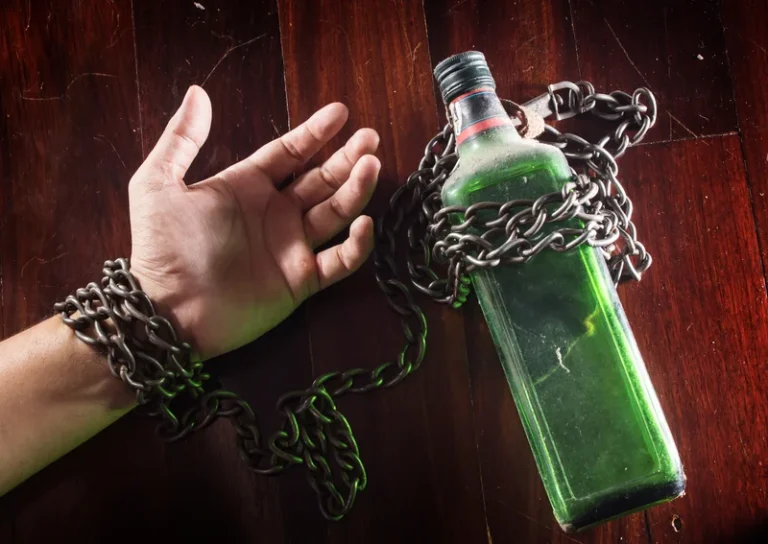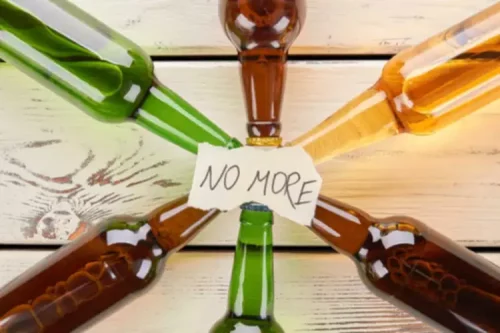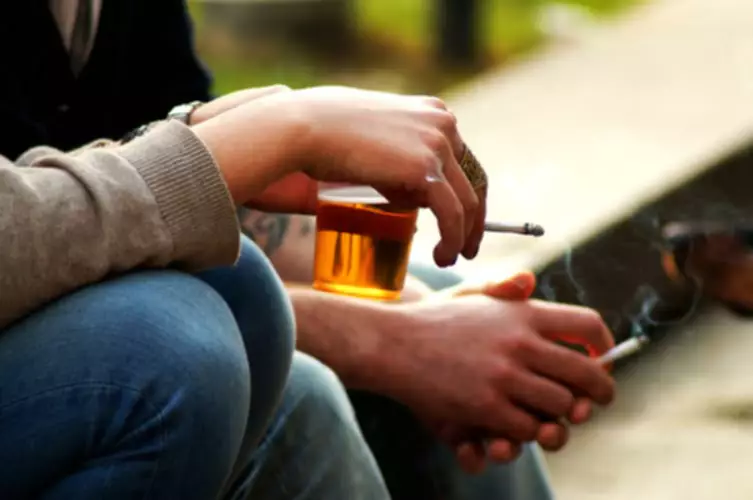
Alcoholic nose, or drinker’s nose, is an informal term that refers to an enlarged purple nose that is thought to be caused by chronic alcohol abuse. Learn more about drinker’s nose and if drinking alcohol can affect the features of the face. What is commonly called “alcoholic nose” is actually a skin condition called rhinophyma (Greek for “nose growth”). Rhinophyma is in a category of skin conditions known as rosacea, which causes chronic inflammation of the skin. This chronic inflammation is caused by broken blood vessels and sores on or around the nose, causing it to appear red, swollen, and bumpy.

Alcoholic Gastritis: Causes, Symptoms And Addiction Treatment Options

According to the National Rosacea Society (NRS), over 16 million Americans are impacted by rosacea. Please read on to learn all you need about alcoholic nose and the connection between alcohol addiction and skin conditions. This chronic but treatable condition causes broken blood vessels on or near the nose, giving the red, bumpy appearance linked with an alcoholic nose. An alcoholic nose, often called a whiskey nose, drinker’s nose, gin nose, or gin blossom nose, is a common way to refer to a large purple-tinted nose.
Causes Of Rhinophyma Or Alcoholic Nose
- An alcoholic nose, often called a whiskey nose, drinker’s nose, gin nose, or gin blossom nose, is a common way to refer to a large purple-tinted nose.
- The association between alcohol abuse and rosacea can be traumatizing for some people with rosacea.
- Rhinophyma is in a category of skin conditions known as rosacea, which causes chronic inflammation of the skin.
- Many speculations have been made that alcohol could result in a large red nose for some people, specifically that such a trait indicates an addiction.
- The pores on the nose can become enlarged and the eyes may be extra dry.
Some people become red-faced or flushed when they drink alcohol, and this is determined by ethnic background and genetics. That being said, there may be some slight truth to the idea that drinking alcohol can contribute to the development of rhinophyma. Because drinking alcohol has been found to make rosacea worse in some people, it may also contribute to worsening the symptoms alcoholic nose pictures of rhinophyma. There are four stages of rosacea, and rhinophyma occurs in the last, or late, stage. Because rhinophyma often develops following a severe case of rosacea, it’s important to watch out for symptoms of this unique skin condition. We are dedicated to transforming the despair of addiction into a purposeful life of confidence, self-respect and happiness.
Alcoholic Nose And Rhinophyma
Alcohol is an irritating substance that causes inflammation in the skin, leading to redness, bumps, and swelling around the nose. Alcohol also decreases blood flow to the affected area, making it more difficult for skin cells to heal, further exacerbating this visual effect. Long-term alcohol use can even lead to permanent facial changes such as thicker/larger pores and visible veins near the nose due to broken capillaries. If you already have rosacea or rhinophyma, drinking can worsen these conditions and affect the nose’s appearance. Treatment for an alcoholic nose condition includes reducing alcohol consumption, regular exercise, and increasing your intake of fresh fruits and vegetables. Rosacea is a common skin condition that usually manifests itself as splotches of red skin, usually across the face and nose.
Entrust your addiction with people who love and care about you and want to see you happy. Tell them about your struggles and how your alcoholism is agitating your rosacea. However, it is very important to note that rosacea and rhinophyma can be agitated by things other than alcohol. Stress, sleeplessness, dehydration, depression, improper diet, dry skin, and many other factors can agitate rosacea and rhinophyma. It is incredibly important to remember that alcohol does not cause this disorder. It is like having an allergic reaction to peanuts and eating a spoonful of peanut butter.
Non-Alcoholic Rosacea Triggers
One sign of an alcohol nose is an unpleasant odor from the nose that smells like alcohol. In addition to this, surgery may also involve using a scalpel to get rid of part of the skin or a carbon dioxide laser to help remove certain areas around the nose. In order to help treat rhinophyma in the early stages, creams such as azelaic acid, topical retinoids, and metronidazole may help. Oral medicine such as isotretinoin and tretinoin may be of use as well. The misconception that rhinophyma equals alcoholism is an outdated stereotype that can breed negative self-esteem and social anxiety.
Find Help for Alcohol Use Disorders and Alcoholic Nose

According to older research, cited in a 2023 article, rhinophyma begins as “pre-rosacea,” and the only symptom at this stage is facial flushing. You, nor your loved one, are under any obligation to commit to a Legacy Healing Center treatment program when calling the helpline. Having a big nose, even as a result of rosacea, is not necessarily a sign of alcoholism.

To learn about how we treat substance abuse at Ark Behavioral Health, please connect with our treatment specialists today. Developing a skincare routine is especially important for those who have this condition, which may include some lifestyle changes. Be sure to use health care products that are designed for sensitive skin or are hypoallergenic. While the time frame in https://ecosoberhouse.com/ which the condition can flare-up is different for everyone, the redness and flushing of rhinophyma can get worse over a period of several months to several years. If you or a loved one are experiencing side effects related to alcohol abuse and addiction, help is available. Alcohol is not the cause of alcoholic nose, but it does have an effect on those with rhinophyma.
Surgical treatments
It seems to involve a mix of problems with how blood vessels and nerves work, along with how the immune system responds naturally in the body. Keep reading to learn more about the causes, symptoms, diagnosis, and treatment of rhinophyma. The helpline at AddictionResource.net is available 24/7 to discuss the treatment needs of yourself or a loved one.
- In rare instances, a doctor may perform a biopsy to test the rhinophyma, but this is typically only done in cases of rhinophyma that have not responded to treatments.
- Rosacea is a separate disease and disorder from alcoholism and has no connecting cause.
- Once the condition has progressed, surgery is probably the best option.
- The condition causes the person to develop a bulbous nose which can appear swollen and lumpy.
- If you think that rosacea and rhinophyma are what you have, you should contact your physician and discuss this right away.
- Always remember that these conditions will affect your life and impact your environment and relationships in many ways if left untreated.